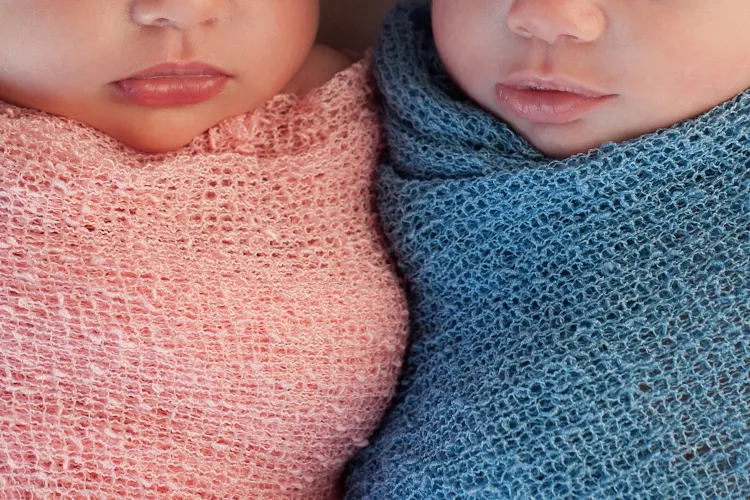Your Baby’s Sex Isn’t as Random as You Think — Scientists Say It’s More Like “A Coin Toss with a Two-Headed Coin”
For generations, parents have accepted the idea that their baby’s gender is purely a matter of chance — a perfect 50-50 toss between boy or girl. But new research is turning that belief on its head. A recent study suggests that the sex of a baby might not be entirely random after all. Instead, it’s influenced by subtle biological and genetic factors that make the odds lean in one direction more often than we realize.
The study, led by a team of population geneticists, analyzed decades of birth data from across the world and found patterns too consistent to be explained by luck alone. The researchers described it as “a coin toss with a two-headed coin,” meaning that while it may look random on the surface, there’s an underlying bias in the system — one that slightly favors one outcome over the other.

According to the findings, some families are more likely to produce boys, while others tend to have more girls. This isn’t just coincidence; it’s biology. Scientists believe that certain genetic traits passed down through generations may influence whether a father’s sperm carrying an X or Y chromosome is more likely to fertilize an egg. These traits can vary between families and even between regions, subtly shaping the male-to-female ratio across entire populations.
Dr. Patrick Adams, one of the study’s co-authors, explained that the discovery doesn’t mean anyone can predict their baby’s gender with certainty — but it does suggest that “some parents may unknowingly carry a bias in their DNA that increases the odds one way or the other.” The team also found that environmental and lifestyle factors, such as stress, nutrition, and even temperature at conception, might play a minor role in influencing gender outcomes.
Historically, the global birth ratio has always leaned slightly toward boys — about 105 boys born for every 100 girls — a difference that puzzled scientists for decades. This new research helps explain why. The study proposes that the evolutionary advantage of producing more male offspring in certain conditions could have shaped human biology over time. For example, in communities facing hardship or limited resources, evolutionary biology might favor female births since girls generally have higher survival rates in infancy. In contrast, in more stable conditions, slightly more boys are born.

These findings challenge the long-held belief that baby gender is purely random and could have deeper implications for understanding population trends. The researchers emphasized, however, that this isn’t something that can be altered or controlled — it’s simply an inherited part of human reproduction. “Parents shouldn’t take this as a guide to influence the sex of their baby,” the study cautions. “Nature still has the final say.”
Beyond the science, the study has sparked widespread curiosity among parents who’ve long noticed patterns in their own families — like families with all daughters or households filled with boys. While such trends were often dismissed as coincidence, this research gives them a fascinating new context.
It’s a reminder that even in something as universal as birth, nature has its quiet systems, its own logic at work behind the curtain. The miracle of life, as random as it may appear, is guided by rules that science is only beginning to uncover. Whether a baby is a boy or a girl remains a mystery until the moment of birth — but it turns out that mystery might not be entirely left to chance after all.



